Lab Safety
Laboratory Ventilation Design Levels
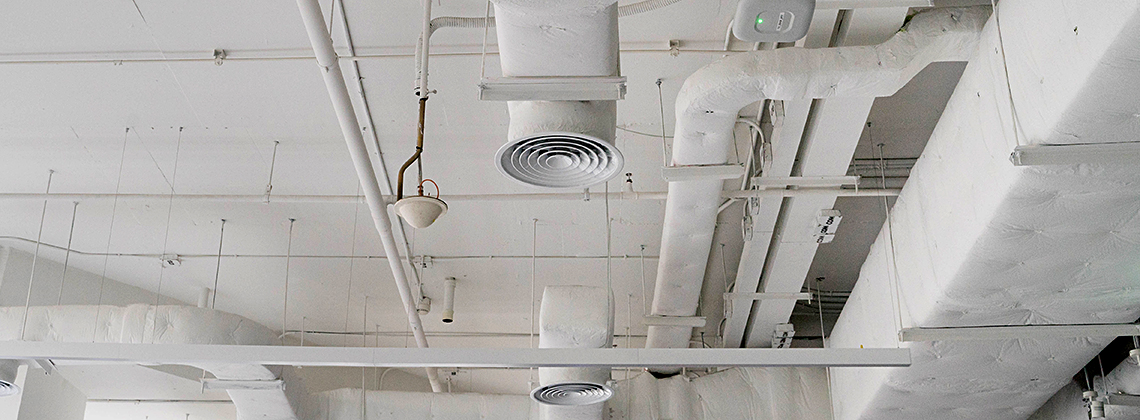
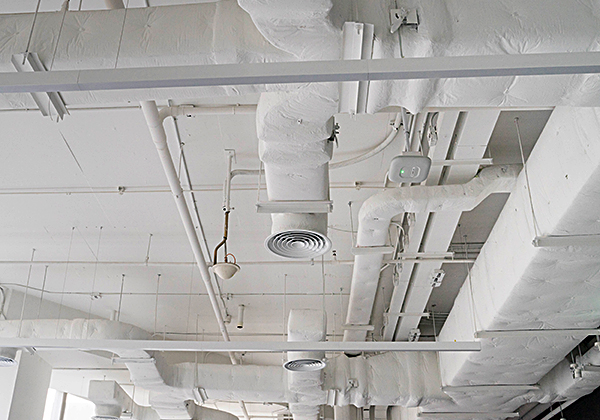
In modern laboratories, large numbers of hazardous substances may be used. During reactions, transfers and other handling procedures, hazardous substances may become airborne and this may cause harm to people in the laboratories. Therefore, laboratories are equipped with Exposure Control Devices (ECDs) such as fume hoods and other exhausted enclosures to ensure all hazardous chemicals and airborne emissions are safely contained or captured. These ECDs must work together with the building air supply system that also has the task to maintain temperature and humidity requirements of the indoor environment. Together, this is known as the Laboratory airflow control system(LACS). Figure 1 is a simplified diagram showing the various components of an LACS.
In principle, the protective capability afforded by a lab ventilation system must be commensurate with the level of risk associated with the airborne chemical hazards that may be generated. The American Society of Heating, Refrigerating and Air-Conditioning Engineers (ASHRAE) has recently developed a guidance document Classification of Laboratory Ventilation Design Levels 1. The five Lab Ventilation Design Levels, LDVL-0 to LDVL-4, represent systems that offer the lowest to the highest level of protection (Figure 2). Interestingly, this also corresponds quite well with the Chemical Safety Levels 2 1 to 4 proposed by the American Chemical Society.
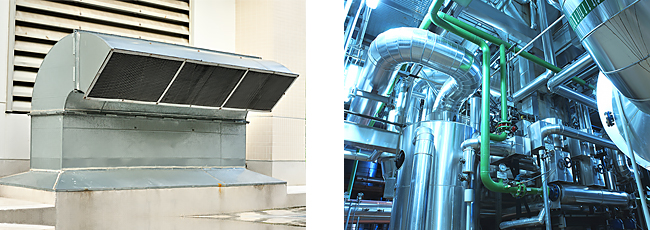
The HSEO has visited all laboratories in HKUST to determine the suitable LDVL-s based on the potential airborne chemical risks. This information will help the CMO to monitor and optimize operating parameters of the building ventilation system to ensure safety in the laboratory and efficiency of energy use.
References:
- Classification of Laboratory Ventilation Design Levels, ASHRAE, 2018
- Identifying and Evaluating Hazards in Research Laboratories, American Chemical Society, 2015
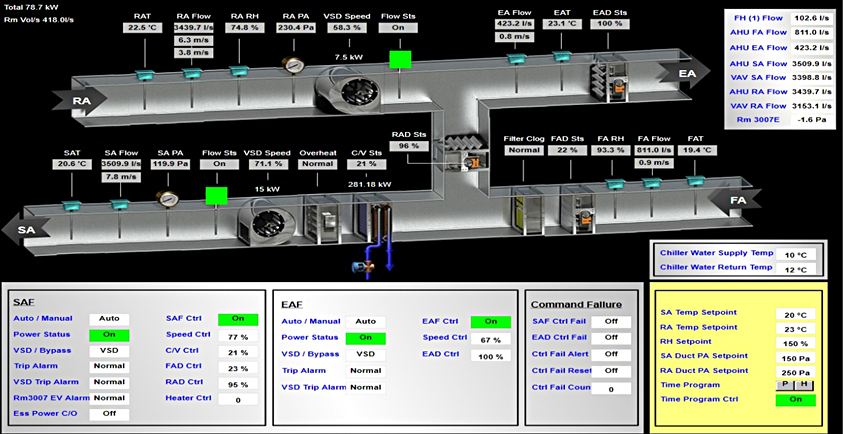
Figure 1 Simplified diagram of laboratories and LACS showing critical components and attributes.
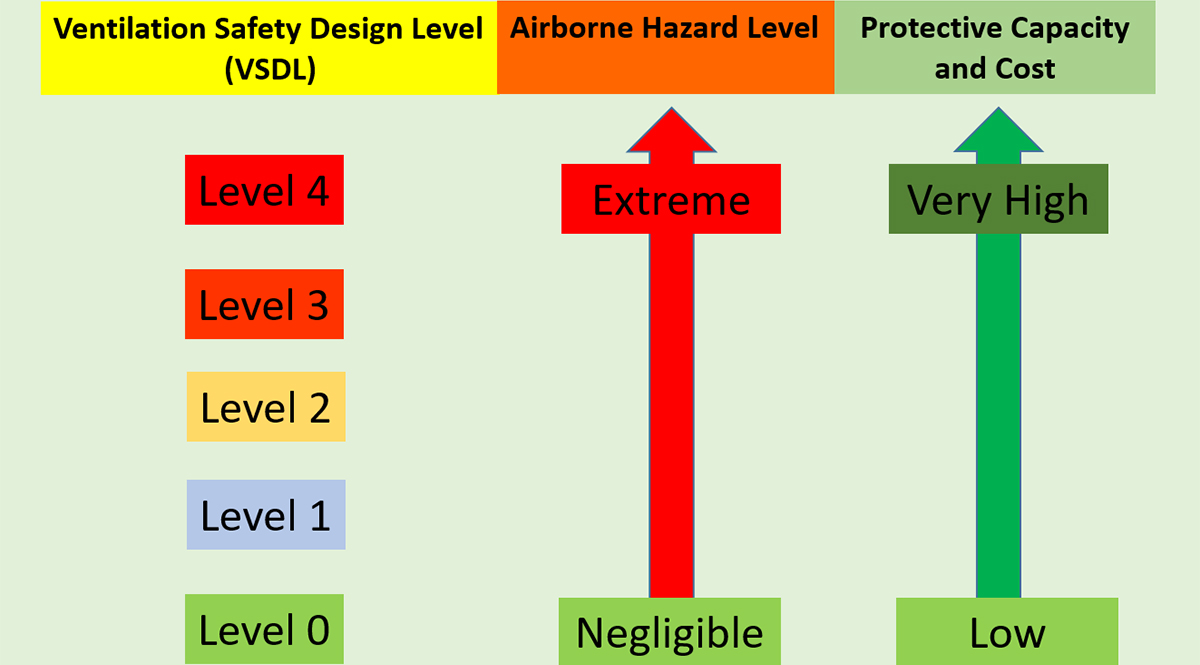
Figure 2 Risks associated with airborne hazards and the levels of protection associated with the range of LVDLs.
Table 2 General Characteristics and Laboratory Types Associcated ith LVDLs.
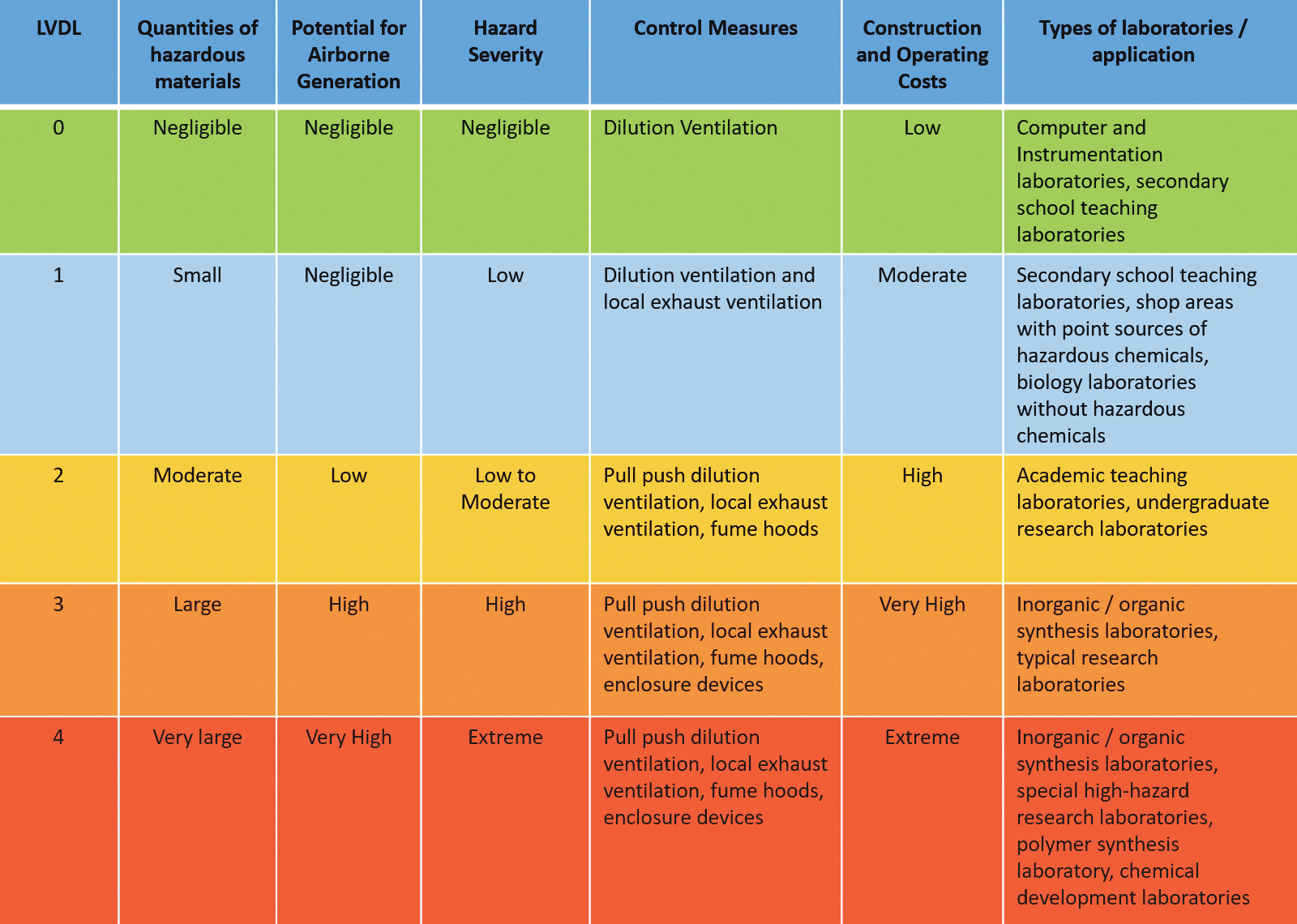
Table 3 Lab Ventilation Design level (LDVL)
| Department | 0 | 1 | 2 | 3 | 4 | Total |
|---|---|---|---|---|---|---|
| BRI | 6 | 6 | 12 | |||
| CBE | 17 | 10 | 27 | |||
| MAE | 3 | 8 | 9 | 20 | ||
| AEMF | 2 | 2 | ||||
| APCF | 51 | 51 | ||||
| BCRF | 10 | 10 | ||||
| CHEM | 3 | 2 | 29 | 3 | 12 | 49 |
| CIVL | 11 | 4 | 15 | |||
| ECE | 40 | 11 | 2 | 53 | ||
| LIFS | 17 | 105 | 122 | |||
| MCPF | 22 | 1 | 23 | |||
| NFF | 2 | 2 | ||||
| OCES | 5 | 10 | 1 | 16 | ||
| PHYS | 10 | 52 | 1 | 63 | ||
| E21 | 1 | 1 | ||||
| EI | 1 | 1 | ||||
| iGEM | 1 | 1 | ||||
| IEDA | 3 | 3 | ||||
| Total | 60 | 138 | 253 | 8 | 12 | 471 |
| 13% | 29% | 53% | 2% | 3% | 100% |
